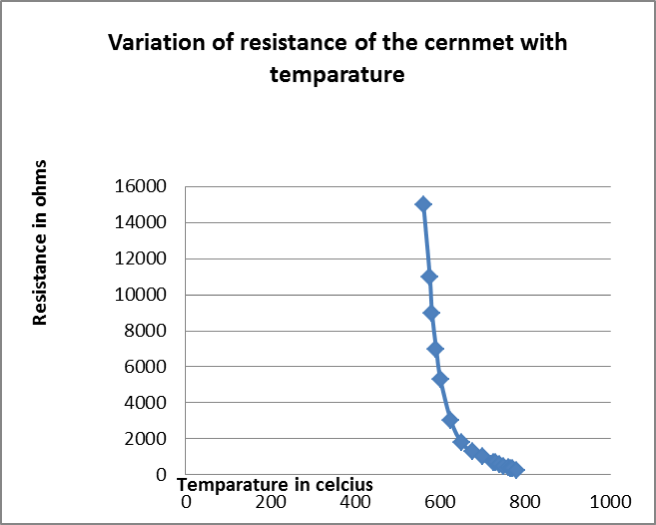Advanced Metal - Ceramic Structures
This research program focuses on studying the structure-property-processing relationship of composite structures constructed through additive manufacturing. Currently efforts have concentrated on creating lightweight ceramic templates (based on Al2O3, SiC, TiC, SiO2, etc) through a binder jet printing technology in order to develop metal ceramic foams, multilayered systems and 3-D structures. This work is a result of a close collaboration with Fireline TCON, Inc. (FTi). Future trends will concentrate on the development of adaptive structures based shape memory composites using additive manufacturing for smart-morphing applications.
America Makes Projects
America Makes Project: Accelerated Adoption of Additive Manufacturing Technology in the American Foundry Industry led by the Youngstown Business Incubator.
The project involves technology transfer of binder jetting sand printing to small and medium enterprises in the U.S. metal casting industry. YSU CIAM is examining geometric complexity of cast parts as a tool to help businesses choose between 3D sand printing and conventional pattern making for sand cast parts. YSU is creating a cost model of the sand casting process. This model will compare conventional pattern making and 3D printing of sand molds and cores. Lastly, YSU will be involved in the development of BIZ3D which will teach high school students about the entrepreneurial aspects of 3D printing.
America Makes Project: 3D Printing Multi-Functionality: Additive Manufacturing for Aerospace Applications led by the University of Texas El Paso. The project involves the development of multi-functional 3D printing and digital manufacturing process technology, advanced polymers materials development, and demonstrations of multi-functional 3D printed structures for aerospace applications. YSU CIAM is designing and demonstrating multi-functional thermal management structures for small satellites called CubeSats. YSU is also developing an aerospace themed STEM high school 3D printing camp.
Fabrication and Performance Analysis of 3d Printed Fuel Cells
 A single layer is selectively joined by ink jet printing of the binder material, and a new layer of powder is repeated, binder applied, till the part is completely printed. The parts are then dried and sintered. It is a highly flexible process in terms of geometry, material and properties of the design. Performance testing is done using Probostat oven at working temperatures around 800°C. Current work includes analysis of different binder concentration and performance of fuel cell with varying porosity.
A single layer is selectively joined by ink jet printing of the binder material, and a new layer of powder is repeated, binder applied, till the part is completely printed. The parts are then dried and sintered. It is a highly flexible process in terms of geometry, material and properties of the design. Performance testing is done using Probostat oven at working temperatures around 800°C. Current work includes analysis of different binder concentration and performance of fuel cell with varying porosity.
High Strain Rate Behavior of 3D printed materials
High strain rate mechanics and mechanisms of 3D printed materials: As 3D printed becomes adopted by industrial manufacturing, understanding and predicting 3D printed material response to high strain rate events becomes necessary for a variety of applications including resistance of turbine blades to foreign object damage, protection for satellites from micrometeoroid impact, crashworthy automotive structures, projectile protection, and other applications. YSU CIAM can leverage the high-strain rate testing capabilities at YSU’s Center of Excellence in Materials Science and Engineering. These include split-Hopkinson pressure bar (SHPB), drop tower, gas gun, and enclosed projectile testing range.
Precision Printed Parts Network (P3N)
P3N is a collaborative effort between the Youngstown Business Incubator (YBI) and YSU to integrate Additive Manufacturing (AM) with conventional post-processing to produce functional, high value precision parts. It is funded by the Ohio Economic Development Agency —Edison Advanced Manufacturing Program (AMP). The goal is to widen the application of additive manufacturing (AM) metal technologies by transforming ‘rapid prototyping’ into ‘rapid manufacturing’ through the development of post-processing capabilities. Subtractive manufacturing and metrology are critical to obtaining the precision geometries needed for the integration of 3D printed metallic parts in assemblies. The project also aims to create Ohio jobs and an AM workforce by equipping them with design-for-AM and hybrid (i.e. additive and subtractive) guidelines and training conventional manufacturers on identifying strategies to implement AM in their current value stream. The effort involves a network of post-processing providers, OEM and Tier suppliers, and printing service providers.
